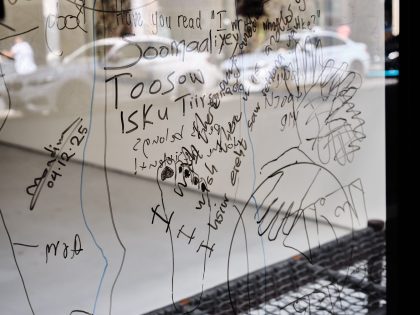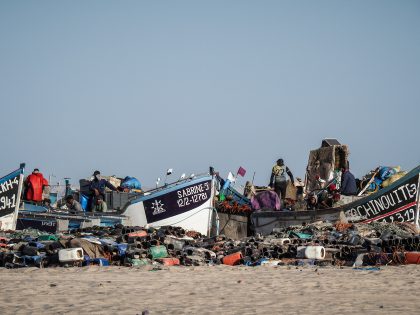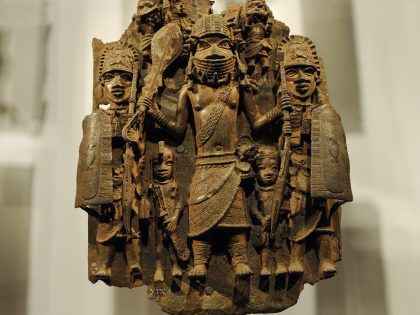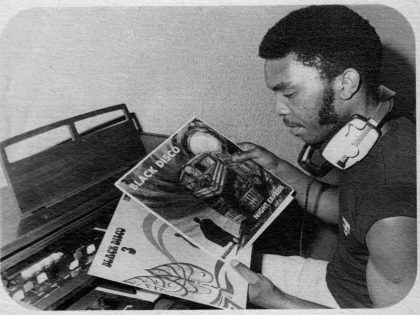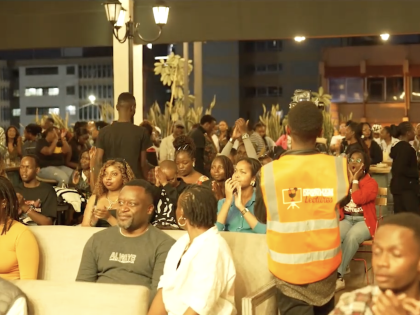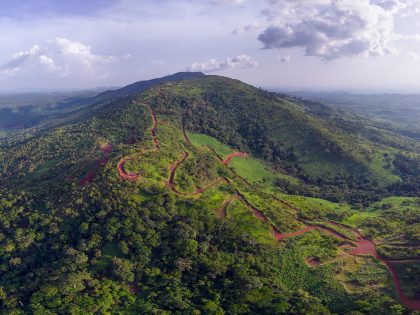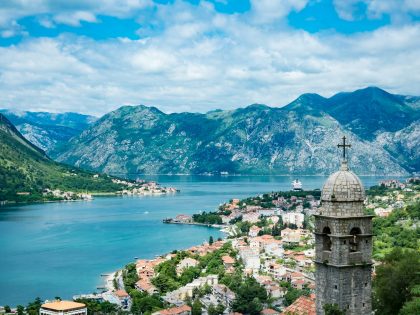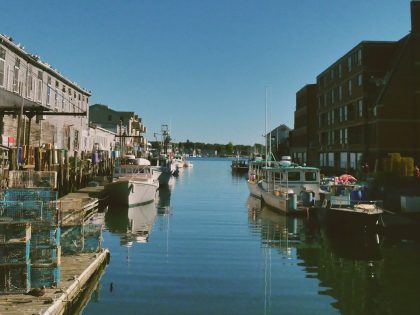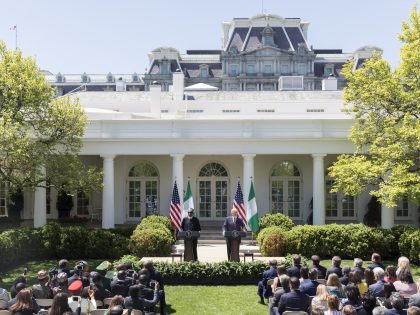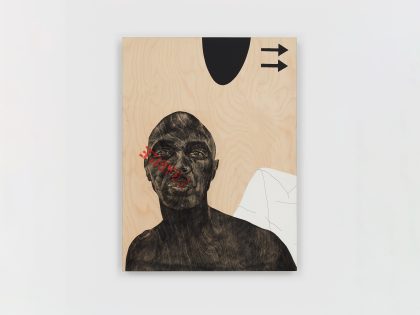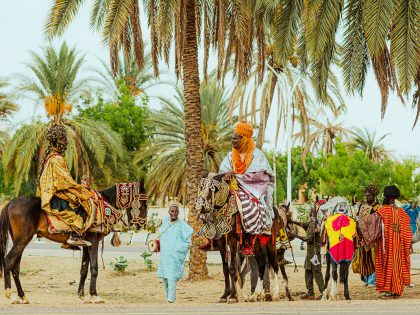‘Fictional’ Cape Town
How Cape Town is used by advertising firms as a cheaper, stand-in location for Euro-American locations.

From Cecile Mella's project "Fictional Cape Town."
Yesterday, while thinking about the Carl’s Jr commercial, presumably set in Istanbul, but actually shot in Cape Town, I was reminded of French photographer Cecile Mella’s project “Fictional Cape Town.” Mella documents the manufactured worlds produced by advertising firms using locations around Cape Town as a stand-in for European, British or American scenes. “… A characteristic wine farm is transformed into a Dutch homestead, or a Long Street café becomes a Parisian bistro for a day or two.” Not surprisingly these ads contribute to the racial political economy of the city. There are lots of work for mostly local and expatriate whites as actors, models and extras in front of cameras on these shoots. Blacks, with few exceptions, do lots of the heavy, manual labor in the industry, as Mella’s work show. Why Cape Town?
It is cheaper to shoot (because of the favorable exchange rate) and it comes with good infrastructure and trained films crews. Mella has written that the advertising industry “semi-colonizes slices of the city,” yet hopes attentive viewers can catch the glimpses of the real Cape Town in her images of these “crooked landscapes” and manufactured worlds. Here we’re posting some of the images.
The ad in the image above is for a “worldwide campaign for a cereal brand commissioned by UK-based clients.” Below, the Company’s Gardens are transformed into Poland for “a national campaign for the Polish branch of a global phone network company.”
Below, Mamre, a former mission station town of mostly working class coloured people 50km north of Cape Town, is transformed into a colonial fantasy in a “national campaign for a Middle Eastern telecommunication company.”
Filmed on Keerom Street (the site of the High Court), this scene below is from a “production for a Korean electronics company advertising a digital camera.”
Finally, she also includes the occasional image like the one below where a black staffer does the hard work ahead of the shoot captured in the first image.
For more details, see her website.



